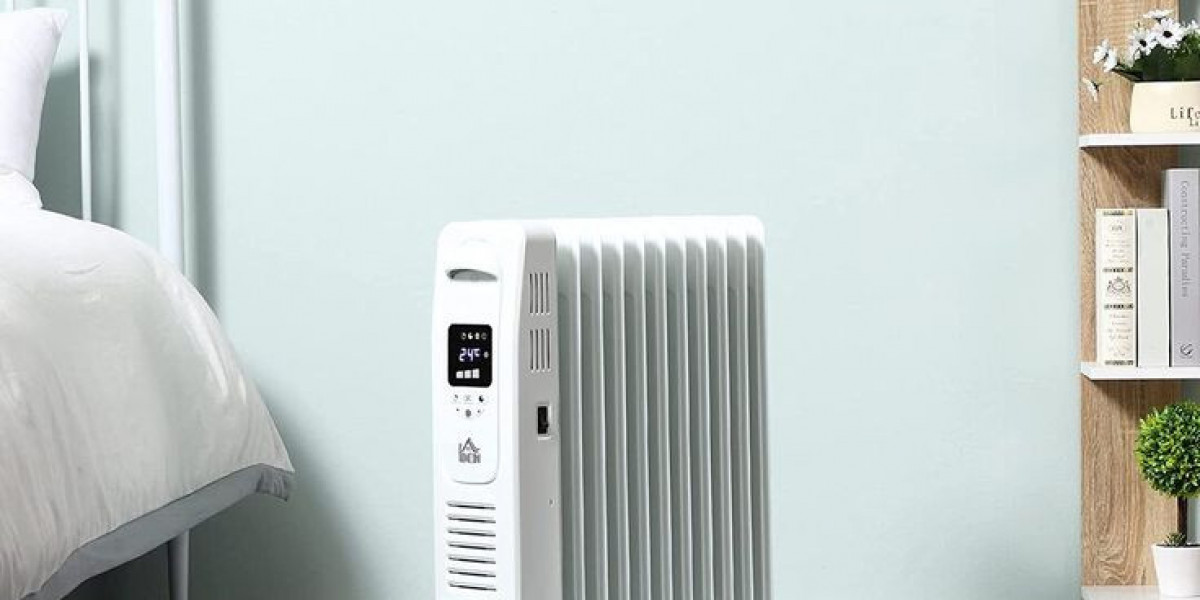Keeping your home warm during the colder months is more than just about turning on a heater. It is about choosing the right technology for maximum efficiency and comfort. Different heating systems use various mechanisms to distribute warmth, and understanding how they work helps you make an informed decision.
From radiation to convection, each method has its benefits, ensuring that every space gets the warmth it needs without excessive energy consumption.
How infrared heating works
Infrared heaters work on the principle of energy conversion. They transform energy into a cooler object through electromagnetic radiation. These heaters provide warmth instantly. They are ideal for focused heating, making them a great choice for personal spaces or small rooms. Using advanced radiation technology, these heaters deliver warmth by directly warming objects and people instead of the air. This ensures minimal heat loss, making them an efficient choice.
Understanding oil-based heating
Oil-filled radiators transfer heat around the room through the metal columns that emit heat. Despite being filled with oil, it is electrically warmed and does not consume any oil fuel. This oil is utilised as a heat supply, not as fuel. These models take longer to heat up but retain heat efficiently, ensuring steady warmth even after being switched off. A major benefit of this heater is that it provides an even distribution of heat, making it suitable for larger spaces.
Comparing different heating methods
While both methods offer effective heating, choosing between them depends on specific needs. Infrared models are great for instant, targeted warmth, while oil heater appliances provide a slow and consistent heating experience. Those looking for portable and quick heating may prefer infrared technology, while households needing prolonged warmth may find oil-based models more suitable.
Safety features, energy efficiency, and room size are also considered before purchasing. Additionally, maintenance and operational costs play a crucial role in selecting the right heater. Infrared models require minimal preservation and consume less electricity since they do not heat the entire room. They make for an informed, economical choice for short-term use.
On the other hand, oil heating systems may have higher initial power consumption but retain heat longer, reducing the need for continuous operation. This makes them more cost-effective in the long run, especially for areas that require steady heating over extended periods.
Conclusion
Selecting the right room heater involves balancing efficiency, comfort, and long-term energy consumption. Both heating systems cater to different preferences, making it essential to understand their unique benefits. By considering factors like heating speed, room size, and cost-effectiveness, you can invest in a reliable solution that keeps your home warm and comfortable throughout the colder months.
Whether you need instant heat for a small space or long-lasting warmth for a larger room, understanding how different models work helps you choose the best option for your needs. Call Crompton’s revised customer care number, 9228880505, for more help. The perfect heater brings comfort and cosy days ahead, making every day more enjoyable.










